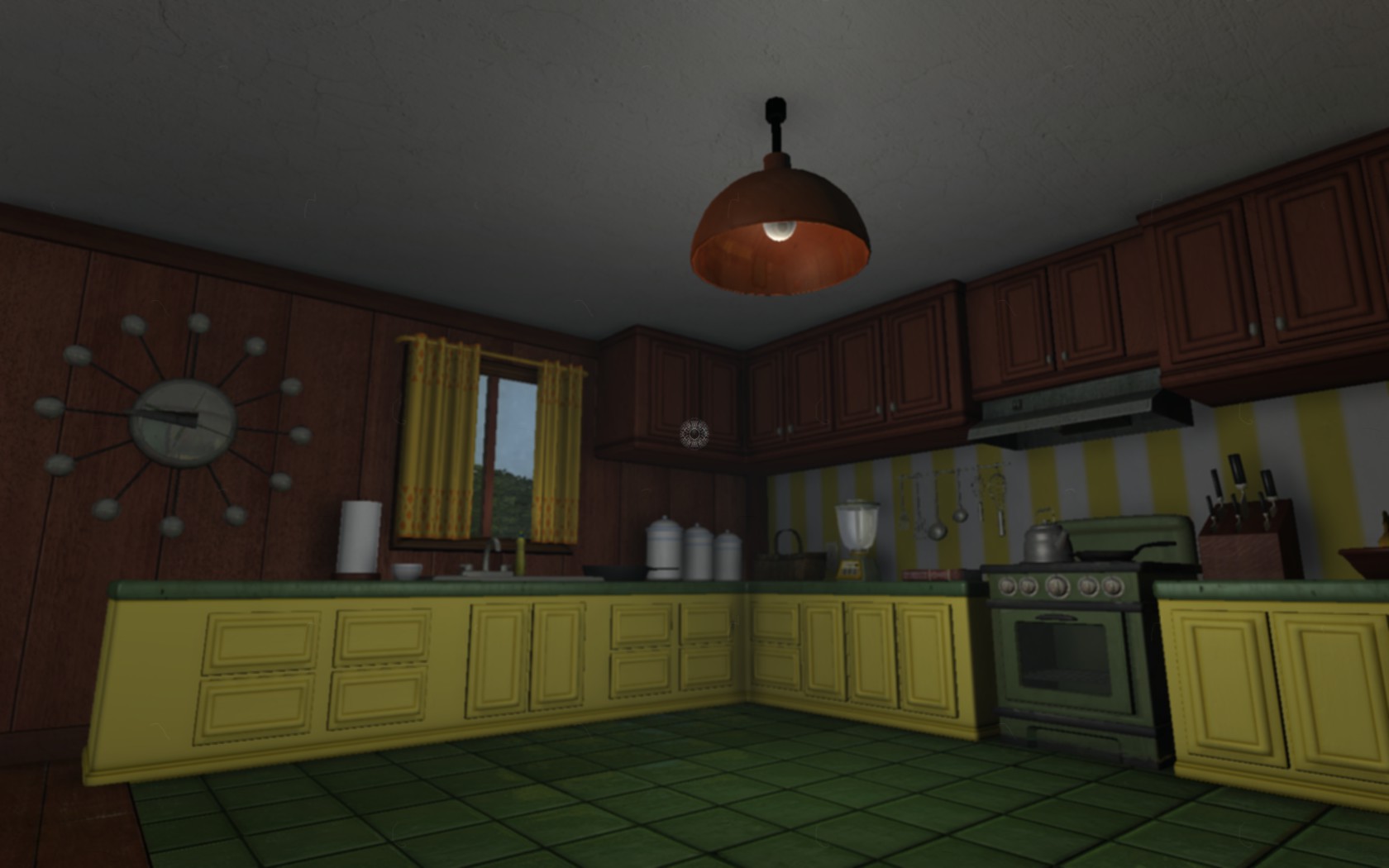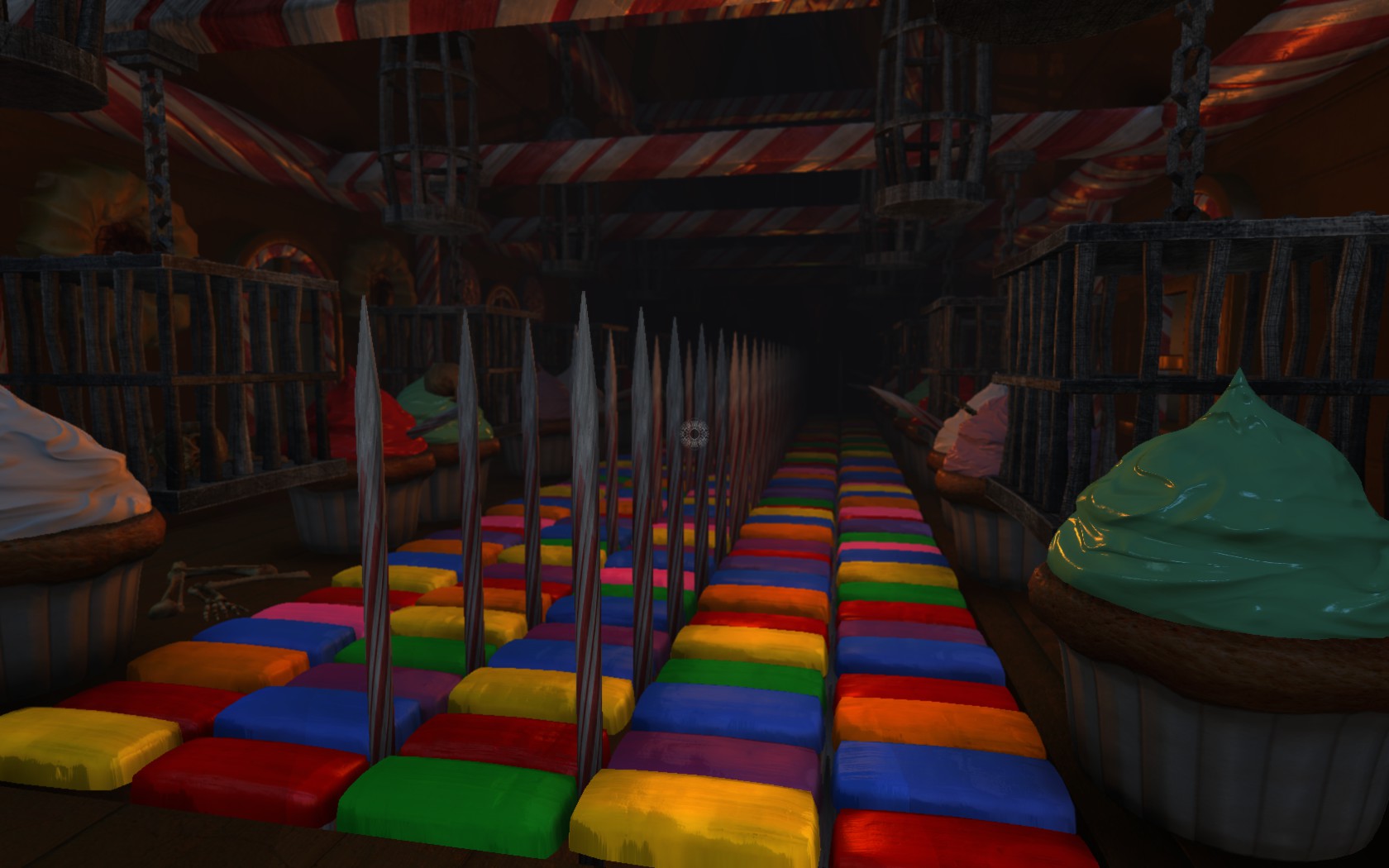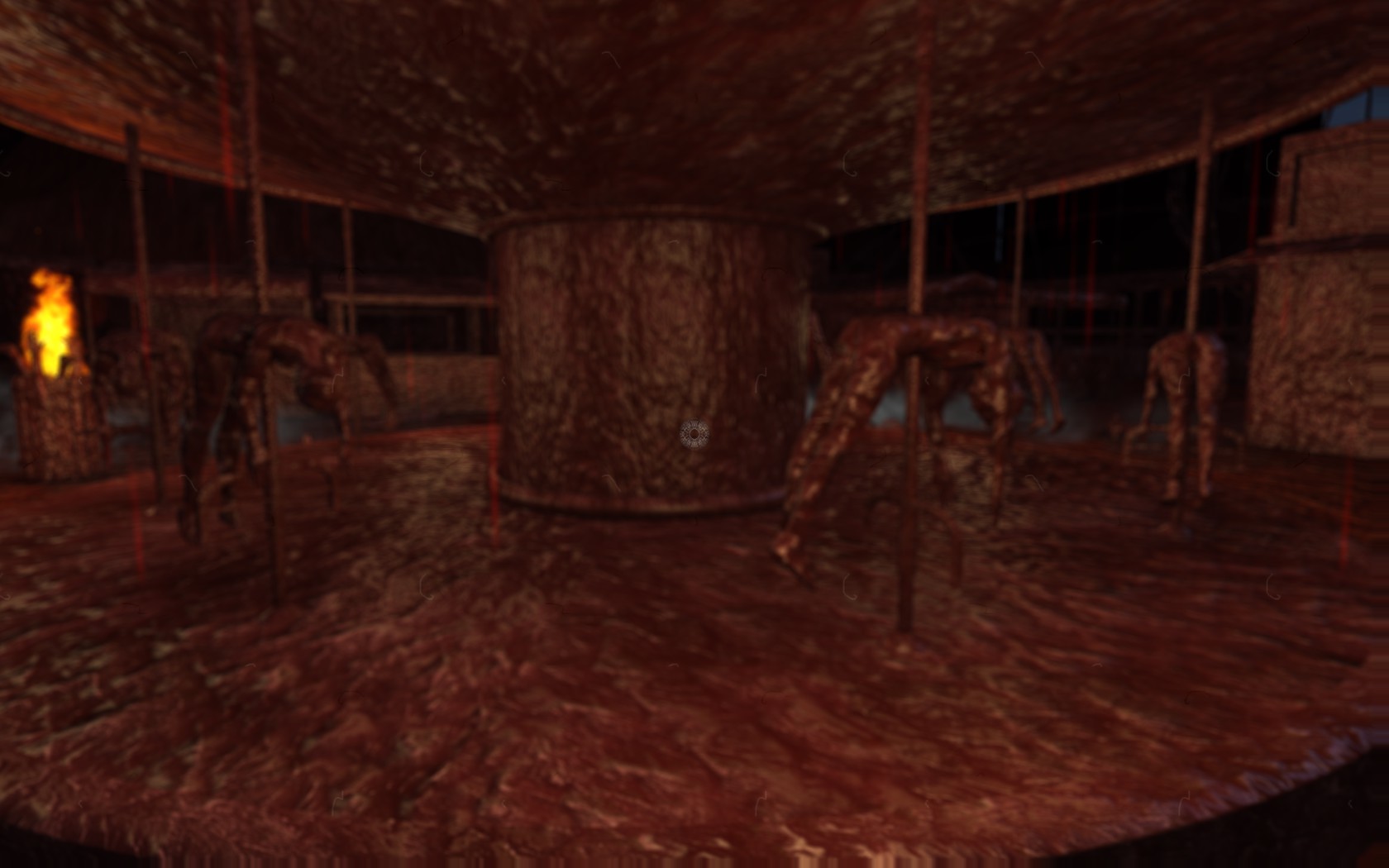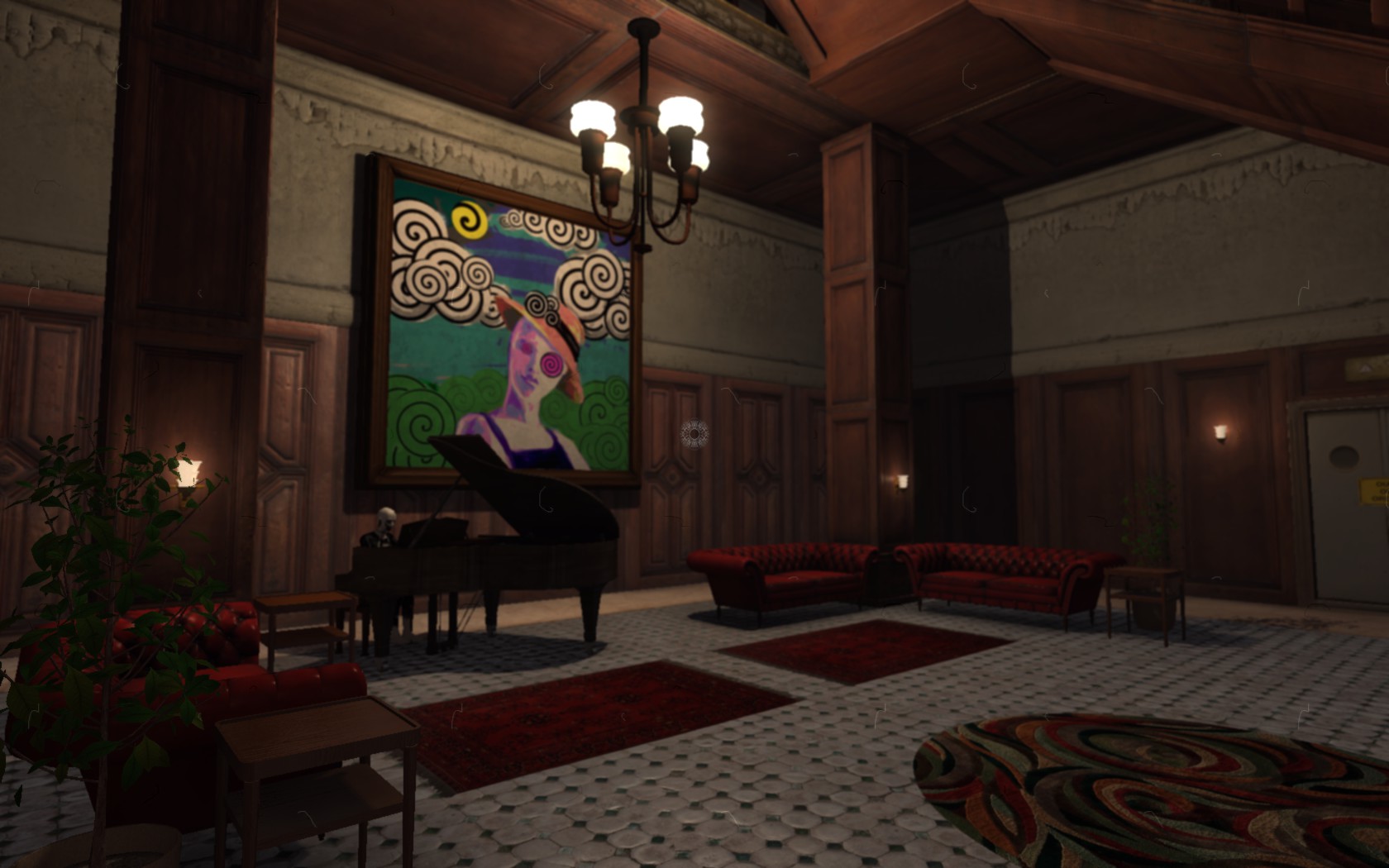Art is always at the forefront of exploration games. After all, the majority of the experience is just the player running around looking at stuff. Nevermind is one such game, but its imagery goes way deeper than just looking around strange and disturbing environments. Indeed, these scenes are very much an important tool to help ease suffering minds; and you’re forced to trudge through their disturbed memories to help steer them on the path to recovery. Which means that the surrounding areas need to evoke feelings of pain, suffering, and misery as well as the lighter, happier moods when they’re at peace and restful.
Here’s the thing about the graphics in Nevermind. The scenery is always changing. Nothing is static, and when you affect something in that area of the mind it can cause things to shift around so that you’re in a similar yet different environment. If you pick up a rock and place it on a plate it can shift the foliage so that you can’t return to where you were. You need to move on, ever deeper into the patient’s subconscious. Ever deeper into their disturbed memories.
Oftentimes you’ll find yourself in quite a macabre area, a location that’s dark and twisted or where blood rains from the heavens. This imagery is the key to evoking feelings of dread and fear and pain. And to good effect, too. I often found myself jumping at shadows or a suddenly appearing message written in blood. You can’t trust your own senses when linked with someone suffering from mental illness.
Each “level” starts off in an idyllic safe spot, full of light and evoking a sense of peace and calm. Nothing bad can possibly happen here. You feel safe, comforted. But, as soon as new avenues open up in the psyche things get progressively more disturbing. And dark. You come face to proverbial face with ghosts of the past, long buried memories coming to the fore that force you to carry on or run away. Blood is a common motif throughout Nevermind as it generally evokes a sense of mortality and death. Bodies, usually in the form of mannequins and dolls, also give rise to heightened anxiety. These and other themes throughout each session make you wonder just exactly what is going on inside the heads of these poor unfortunate souls.
In addition to these dark and depressing themes we’ve also got the weird and surreal to go with it. The mind is a complicated thing and we as humans tend to get creative in our imaginings. And it can get downright strange at times. And Nevermind most certainly has its moments of twisted imagery. While rare it does add that little something to make each memory you go through seem realistic. Because we each cope with trauma in different ways it only makes sense that defensive mechanisms are put into place to make it seem unreal at times.
Light, dark, strange, and disturbing the art in Nevermind is always there to evoke feelings of moving through the mind of a mentally sick person.
Nevermind is our October 2015 Crowdfunded Game of the Month and can be found on Steam.








[…] 10/23 – Nevermind Brings Surreal and Eerie Images to Life […]